Click image to enlarge!
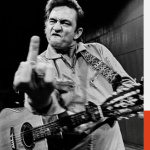
Tue, 11/02/2021
Jim Marshall Profiled in 'Candid Frame' Podcast
Amelia Davis is the featured guest in Episode 572 of "Candid Frame," a photography-centered podcast series. Here her wonderful broadcast about the acclaimed documentary "Show Me the Picture: the Story of Jim Marshall," which is being shown in select... read more
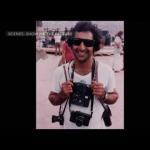
Sun, 10/10/2021
KPIX-5 Interview about Show Me the Picture: The Story of Jim Marshall
From KPIX-5, an interview with Berkeley journalism professor Ken Light about the documentary "Show Me the Picture: The Story of Jim Marshall."
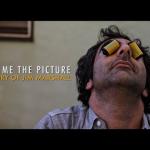
Tue, 09/07/2021
Update! Jim Marshall Documentary Show Me the Picture Comes to the US
The amazing life of legendary photographer Jim Marshall comes into sharp focus in the acclaimed documentary Show Me The Picture: The Story of Jim Marshall. Told through hundreds of images of his iconic photos and interviews with his famous and not-so-famous subjects of his photos and friends and associates, the film is a poignant profile of a brilliant, complex and, at times, volatile... read more

Wed, 07/07/2021
Taz Nord: German News Review of 'Jim Marshall's 1967,' at...
Taz Nord, a German daily newspaper for the North Germany gives a rave review of the exhibit at Stadtgalerie Kiel featuring Jim Marshall's 1967 iconic photos. Use the Chrome browser to view English... read more
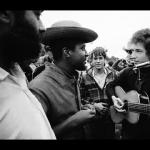
Wed, 10/14/2020
#LeicaConversations via Zoom
Stories behind Jim Marshall's enduring iconic images are retold by Amelia Davis, Jim's longtime assistant and owner of Jim Marshall Photography LLC in a special #LeicaConversations, hosted by SmugMug+Flickr's Alastair Jolly.

Fri, 10/09/2020
Own a Piece of History: #LeicaConversations Program & Flash sale
#LeicaConversations Program
Title: You Never Know Where the Music Will Take You
Program Date: Wednesday, October 14, 2020
Program Time: 4 PM ET / 1 PM PT
Eventbrite Registration: https://bit.ly/LeicaConversations_Marshall
... read more
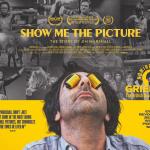
Wed, 09/23/2020
Show Me The Picture nominated for a Grierson Award
Show Me The Picture: the Story of Jim Marshall , the recent documentary about the life and times of the celebrated bad boy of photography and his famous friends, has been nominated for a Grierson Award in the category Best Arts or Music Documentary. The prestigious Grierson Awards "celebrate documentaries from Britain and abroad that have made a significant contribution to the genre... read more
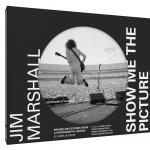
Fri, 07/24/2020
Photography Through Time: B&W Magazine Book Review
From B&W Magazine Issue 141, Mark Edward Harris reviews Jim Marshall: Show Me the Picture, which, he says, "should take center stage on a coffee table in the here and now."
Even if you think you know Jim Marshall and his work, it's likely you'll recall only some of his iconic music photos and, perhaps, an anecdote or two about his bad-boy behavior. But this latest book... read more

Sun, 05/17/2020
#StayHomewithLeica: Jim Marshall – Show Me the Picture with Amelia Davis
"The word legacy comes to mind when we think of the life and work of Jim Marshall. Unparalleled access to icons such as Jimi Hendrix, Janis Joplin, Otis Redding and Johnny Cash bestow a distinction no other photographer can claim: a non-performance Grammy! In this discussion his former assistant and current owner of the Jim Marshall estate, Amelia Davis, shares lively stories of this... read more
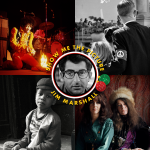
Tue, 11/12/2019
"Show Me the Picture" is a Top Gift Pick Says New York Magazine
New York magazine names "Jim Marshall: Show Me the Picture" a top gift pick for 2019.
Pages
Check the vault for our vintage blog.